Here is my data
df<- structure(list(name = structure(c(2L, 12L, 1L, 16L, 14L, 10L,
9L, 5L, 15L, 4L, 8L, 13L, 7L, 6L, 3L, 11L), .Label = c("All",
"Bab", "boro", "bra", "charli", "delta", "few", "hora", "Howe",
"ist", "kind", "Kiss", "myr", "No", "TT", "where"), class = "factor"),
value = c(1.251, -1.018, -1.074, -1.137, 1.018, 1.293, 1.022,
-1.008, 1.022, 1.252, -1.005, 1.694, -1.068, 1.396, 1.646,
1.016)), .Names = c("name", "value"), class = "data.frame", row.names = c(NA,
-16L))
here what I do
d <- dist(as.matrix(df$value),method = "euclidean")
#compute cluster membership
hcn <- hclust(d,method = "ward.D2")
plot(hcn)
and it gives me what I want as follows 
Here all groups are shown by black color and the dendrogram is not that clear what I want is to change the color of each group and also use the name in vertical instead the number and finally I want to be able to remo the hclust(."ward.D2") while change the x label and y label as I want


